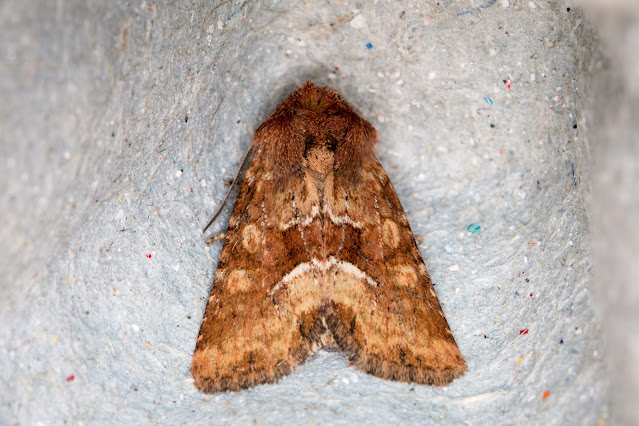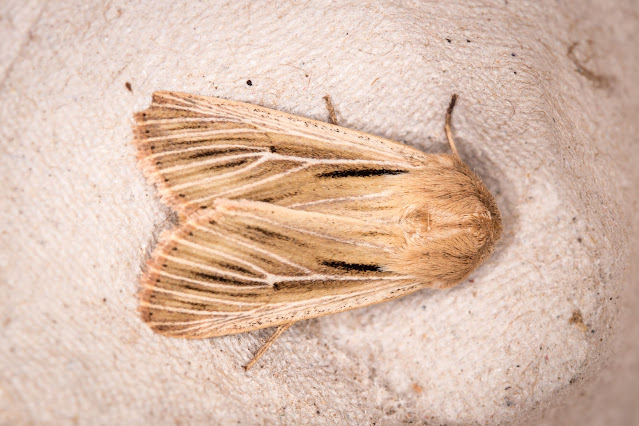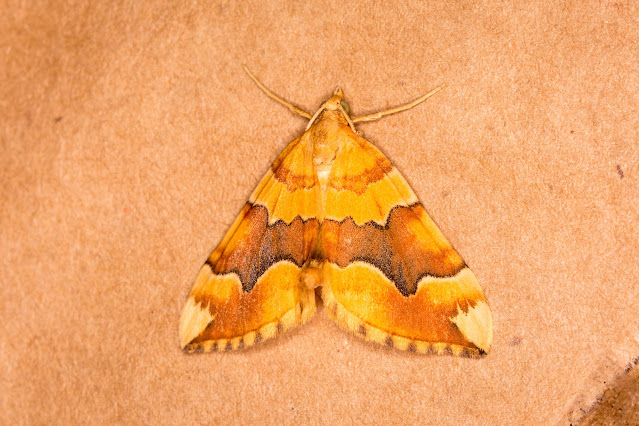My Blog List
Wednesday 31 August 2022
I found an old lady hiding in the wardrobe
Friday 26 August 2022
Making a meal of it
I knew that larger dragonflies hunt smaller dragonflies but I have never seen it before. It is now towards the end of the season for emperor dragonflies but they were still very active earlier this week. While I was watching a male on patrol he suddenly dived into the reeds and there was a clattering of wings. I thought at first he had found a female, which he had in a way, but not of the same species. This was an ovipositing female common darter and was about to become lunch. He flew away from the water with his prize and I ran round the pond to find him.
Most times emperor dragonflies catch smaller insect prey and eat it on the wing. A catch of this size means he has to perch to eat. It has been a very good season for emperors and they are still active in late August (and still hungry). Later I saw an ovipositing female so they are not done yet either. She had very blue colouration on the abdomen (unlike the normal green). I think this is a colour variation rather than a sign of advanced maturity.
Monday 22 August 2022
More news from the bee house
Tuesday 16 August 2022
Black beauties
The two black dragonflies found locally* are the UK's longest (golden-ringed dragonfly) and the smallest (black darter). In June I was pleased to take part in a bioblitz at the Hepple Estate in Northumberland. My job was to survey dragonflies and the first one I found was a male golden-ringed dragonfly (Cordulegaster boltonii).
Last week I went back for a second survey with Mary Gough, the estate's conservation manager. This time we found an ovipositing female golden-ringed dragonfly. It was very difficult to get an action photo in the reeds but fortunately the dragonfly settled for a short while to get its breath back. You can see its wings are frayed from bashing against the reeds.
We were also pleased to see both male and female black darters (Sympetrum danae) but so far we don't have evidence of breeding there. This is a younger mature male
and an older male, almost completely black.
The only glimpse we had of a female.
Also last week I made my regular August trip to Cragside in Northumberland and the black darters were everywhere. These are males.
This is a teneral female
and a more mature female, although she still has white wing spots.
And a mating pair. This female has black wing spots.
* Three other predominantly UK black dragonflies are white-faced darter, northern emerald and common clubtail but they are not found in this region.


























































